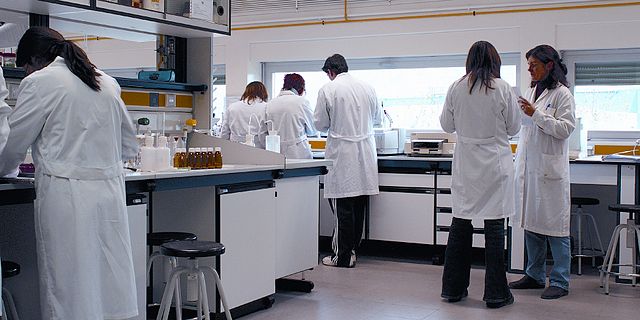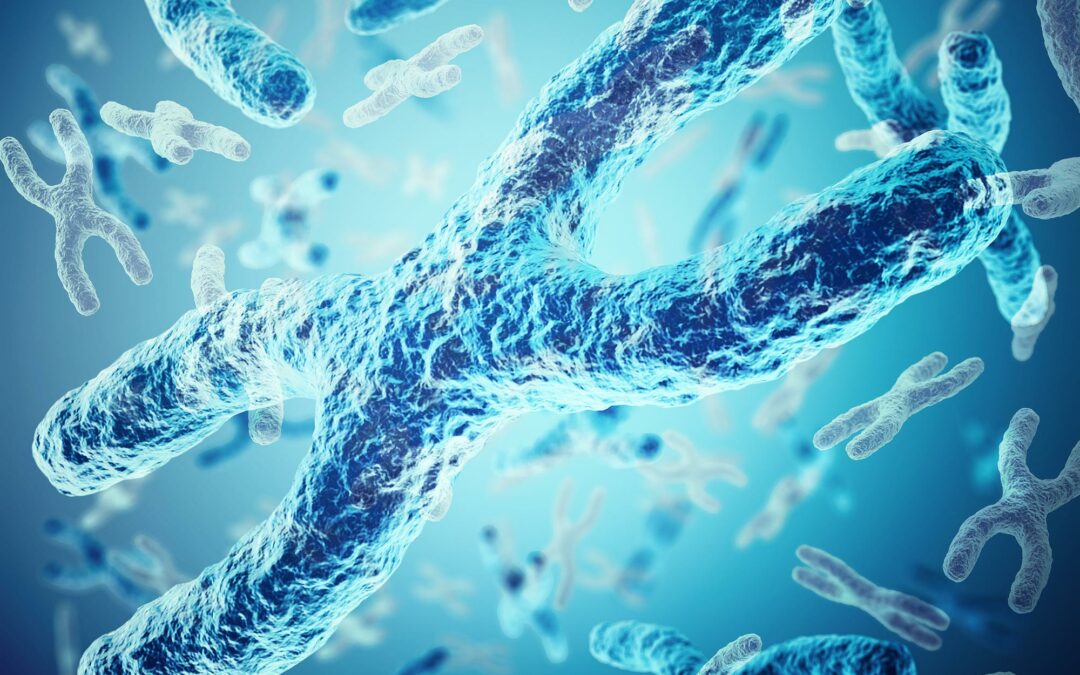In mice, researchers manufacture the first, long-lasting chromosomal changes.
Scientists have recently announced a revolutionary method for programmable chromosome fusion that has successfully produced mice with genetic alterations that occur on a million-year evolutionary scale in the lab. In nature, evolutionary chromosomal changes may take a million years. The discoveries may help us understand how chromosomal rearrangements, the equal amounts of organized genes produced by each parent that lineup and trade or mix traits to create kids, affect evolution.
In a study published in the journal Science, the researchers demonstrated that animals are capable of chromosomal-level engineering. They succeeded in producing a lab house mouse with a distinctive and long-lasting karyotype, providing critical information about how chromosome rearrangements might affect evolution.
“The laboratory house mouse has maintained a standard 40 chromosome karyotype after more than 100 years of artificial breeding,” said Li Zhikun, co-first author and researcher at the State Key Laboratory of Stem Cell and Reproductive Biology and the Institute of Zoology of the Chinese Academy of Sciences (CAS). “Over longer time scales, however, chromosomal rearrangements that modify the karyotype are frequent. Primates only experience 1.6 rearrangements every million years, compared to 3.2 to 3.5 for rodents.

Li asserts that even minor adjustments can have a significant effect. There are 1.6 changes between humans and gorillas among the primates. Humans have two fused chromosomes, but gorillas have two separate chromosomes that were created by a translocation between ancestral human chromosomes. Individually, fusions or translocations can lead to disorders including pediatric leukemia as well as extra or missing chromosomes.
However, Li thinks that the ability to make alterations may enhance genetic understanding throughout millennia, including how to rectify misaligned or faulty chromosomes. The consistent reliability of chromosomes is useful for learning how things operate on a short time scale. Other researchers have successfully modified yeast chromosomes, but attempts to apply the technique to mammals have been unsuccessful.
The procedure involves removing stem cells from unfertilized mouse embryos, which means the cells only have one set of chromosomes, according to co-first author Wang Libin of CAS and the Beijing Institute for Stem Cell and Regenerative Medicine.
In diploid cells, there are two sets of chromosomes that coordinate and bargain the genetics of the eventual creature. When a dominant gene is designated as active and a recessive gene is marked as inactive, this is referred to as genomic imprinting. Although the procedure may be controlled scientifically, past attempts to implant the information in mammal cells failed.
In haploid embryonic stem cells, “genomic imprinting is usually lost, meaning the information about which genes should be active disappears, restricting their pluripotency and genetic engineering,” according to Wang. We recently learned that we could create a durable sperm-like imprinting pattern in the cells by removing three imprinted areas.
The three naturally imprinted regions were necessary for the designed imprinting pattern to take hold and enable the fusion of particular chromosomes. They put it to the test by combining the two largest chromosomes—1 and 2—in two orientations and the two medium-sized chromosomes—4 and 5—head to tail. This produced karyotypes with three possible configurations.

The earliest forms and stem cell differentiation were only little impacted, but Wang noted that development was halted in karyotypes with merged 1 and 2 chromosomes. “Chromosomes 4 and 5 were effectively fused into a smaller chromosome that was successfully passed on to kids.”
In contrast to mice with fused 4 and 5 chromosomes, those with karyotypes with chromosome 2 fused to the top of chromosome 1 resulted in pups that developed into adults who were physically slower, bigger, and more nervous. Only the mice with merged 4 and 5 chromosomes could breed with wild-type mice, however at a considerably lower frequency than regular lab mice.
According to the study’s findings, an anomaly in how chromosomes separate after aligning is what causes the reduced fertility, said Wang. This discovery, he said, proved the significance of chromosomal rearrangement in establishing reproductive isolation, a crucial evolutionary indicator of the development of a new species.
According to LI, some engineering mice displayed abnormal behavior and postnatal enlargement, while others had lower fertility. This suggests that even though the genetic information was only slightly altered, the fusing of animal chromosomes might nevertheless have significant impacts. “We experimentally demonstrated that the chromosomal rearrangement event is the driving force behind species evolution and important for reproductive isolation, providing a potential route for large-scale engineering of DNA in mammals,” the study’s authors write. “We used an imprint fixed haploid embryonic stem cell platform and gene editing in a laboratory mouse model.”
The Chinese Academy of Sciences and China’s National Natural Science Foundation jointly financed the study.

